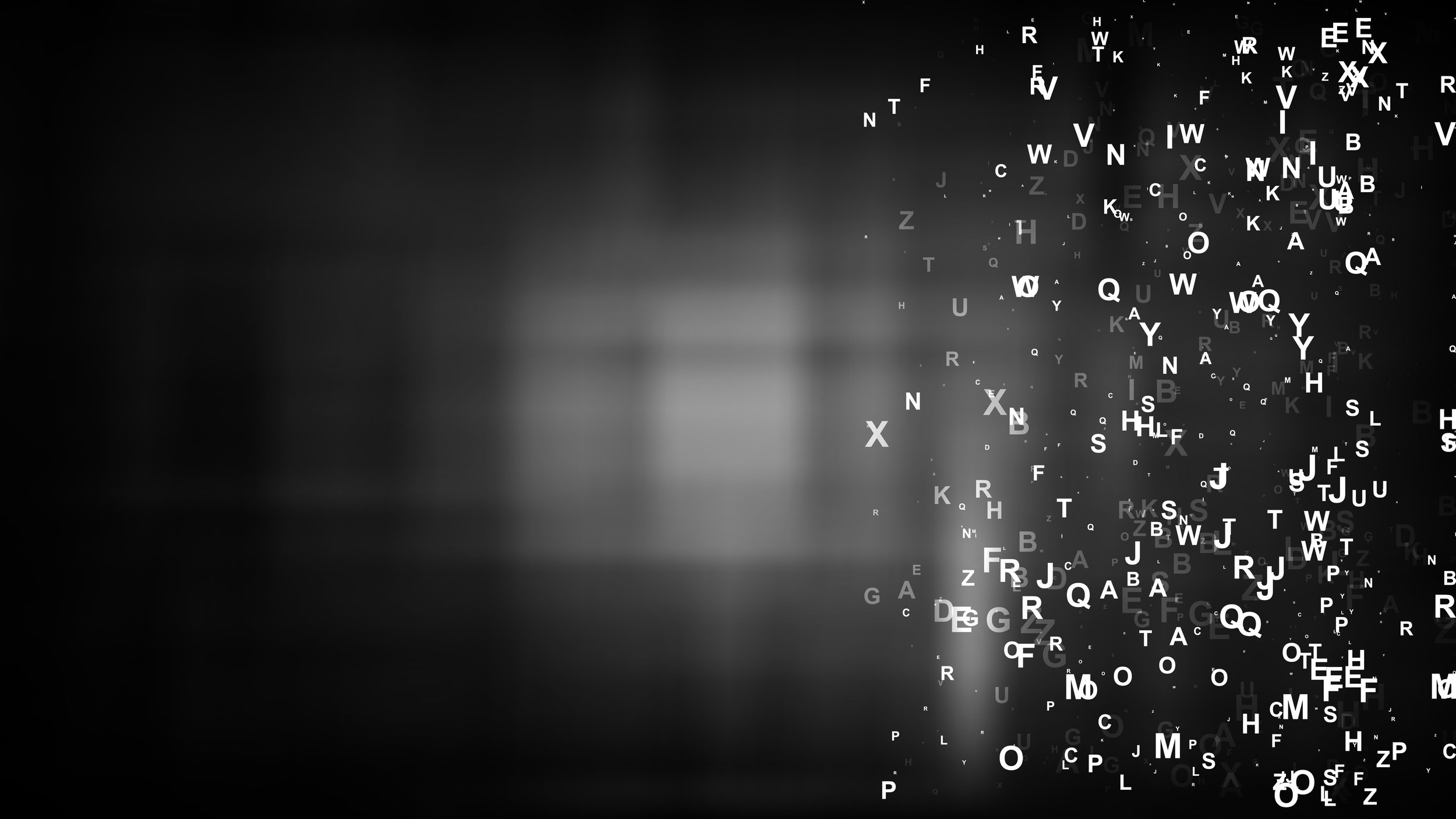
Gestalt Language Processing
Natural Language Acquisition (NLA) is a valid, research-verified method of development and support for gestalt language processors (GLP). Children who are gestalt language processors initially learn language in chunks or phrases (gestalts) rather than building from individual words. This is in contrast to the more familiar analytic language processing (ALP), where words are the primary building blocks.
Recognizing GLP as a valid and natural pathway, observed in both neurotypical and neurodivergent children, is crucial for accurate assessment and effective intervention. Misunderstanding GLP, particularly the role of "echolalia" (repeating phrases), can lead to misdiagnosis and inappropriate therapies.
Understanding GLP allows speech-language pathologists to tailor interventions that support the child's unique language development trajectory. This may include expanding their repertoire of phrases, facilitating the breakdown of these chunks into meaningful units, and gradually fostering more flexible and spontaneous communication.
Finding a therapist trained in understanding and supporting gestalt language processors is essential. These therapists recognize the value of echolalia and can provide appropriate support to help the child reach their full communicative potential.
Find out more about gestalt language processing and natural language acquisition along with options for training courses for SLPs and families in the links below.
-

Analytic Vs. Gestalt
Analytical language acquisition involves learning language in a bottom-up fashion, starting with individual sounds and words, then gradually building to phrases and sentences. Gestalt language acquisition, on the other hand, is a top-down approach where children learn chunks of language or phrases first, and then break them down into smaller components later.
Think of it like building a puzzle: analytical learners start with individual pieces and connect them, while gestalt learners start with a section of the completed picture and then figure out how the individual pieces fit together. Both approaches ultimately lead to language fluency, but the process and strategies differ.
Image: Jennifer Yoshimura, MA, CCC-SLP
Source: The Informed SLP
-

The Natural Language Acquisition (NLA) Framework
Gestalt language processors follow predictable stages in their language development. These stages eventually lead to original, flexible language. Dr. Barry Prizant originally published these stages in his research in 1983. Marge Blanc then wrote a book in 2012 about gestalt language development where she outlined these stages in a framework called Natural Language Acquisition (NLA). This book was based on the pioneering research of both Dr. Prizant and Dr. Ann Peters.
There are six stages of gestalt language development. Some kids will communicate using a mix of these stages and some children communicate in one stage almost 100 percent of the time. In order to set goals for therapy and/or make home plans, we want to figure out which stage a child is mainly communicating in first using the Natural Language Acquisition (NLA) framework.
© 2024 Meaningful Speech LLC
-

Supports for Multi-Modal Communicators
Augmentative and alternative communication (AAC) displays and devices can be a life-line for individuals who are non-speaking, unreliably speaking, and/or developing language when aided language input is helpful. AAC is not one-size-fits-all, but before we explore the possibilities, let’s define AAC at a more general level.
AAC includes all modalities other than speech. AAC can ‘augment’ speech, or be an alternative to speech. Language and language development happen in our heads, and ways to express language are myriad, and each of them can be considered ‘augumentative or alternative’ communication and are no less legitimate than speech. Text-based communication, symbol-based systems, American Sign Language, other sign languages, gestures, drawing, accessing messages selected from other media such as movies and YouTube. All of these modalities can supplement speech, or be used instead of speech. They all qualify belong under the larger umbrella of AAC.
We typically think of AAC as symbol or word displays or dedicated devices, however ‘low tech’ core-word boards or other displays that can be used in places and activities, including board that are laminated and can go in a pool, or mounted on the wall, and even a giant one that we have seen used at a playground!

ASHA Continuing Education Courses
Conversations on Echolalia (On Demand Webinar)
Neurodiversity-Affirming Practices
These are paid courses provided by ASHA and require a learning pass or individual course purchase.
